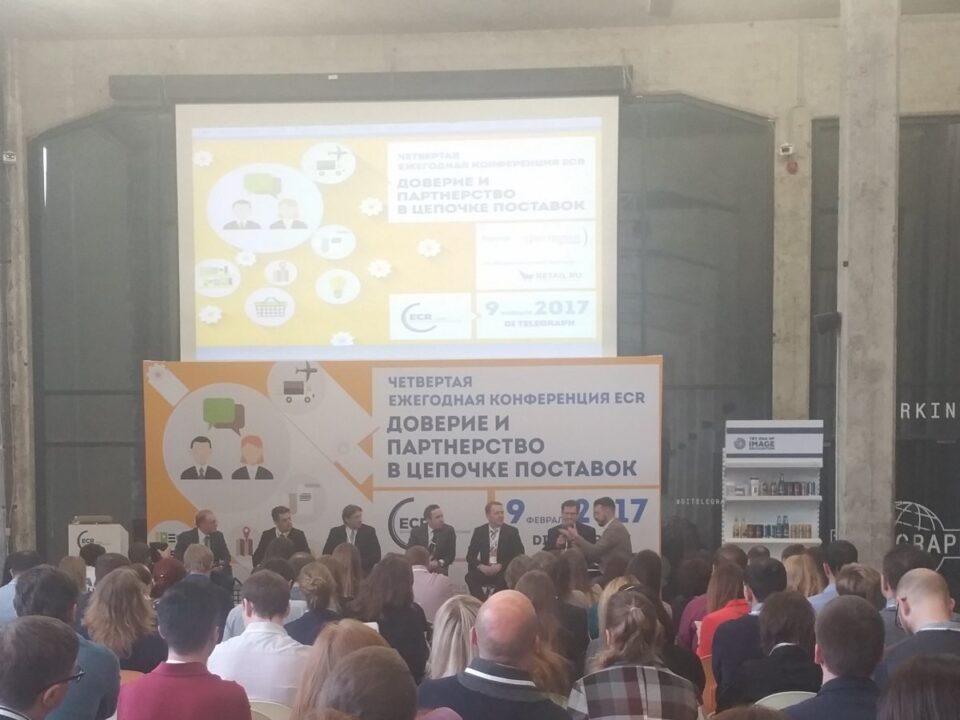
How Vendor Managed Inventory (VMI) Strengthens Supply Chain Resilience and Collaboration
To optimize inventory management, retailers and suppliers are increasingly turning to Vendor Managed Inventory (VMI) tools that transfer the responsibility…
Generix Ushers in a New Era of Intelligent Commerce for Retailers with AI-Driven Innovation Read the press release

Supply chains work and are managed differently depending on the country. The maturity of the market and the needs of the population have a huge impact on the way a supply chain functions. It is therefore important to study these local markets before providing an overview on how we can help companies evolve when it comes to integration and supply chain technologies. There is no one-size-fits-all solution available for the supply chain needs in every country, and Russia is a great example of this.
Jean-Claude Deconninck’s presentation reviewed current key trends and their implication in the area of logistics in general. We are seeing a huge shift from the more traditional, linear supply chain to one that is comprised of a network of connections and relationships – a much more complex and interactive chain that requires an entirely different management vision. The area is in constant evolution and while the human touch remains a fundamental part of this evolution, we also need to put our trust in Big Data and IoT, and approach them as necessary tools to secure the future of the supply chain.
Russia is a good example of how we need to look at the unique needs of a country when it comes to supply chain optimization. While a challenge in some countries is currently to move towards a more sustainable and greener supply chain, Russia has other priorities today. In the Russian market, the main challenges remain the optimization and increase of productivity, despite a uniquely tricky infrastructure set-up. Most Russian companies use WMS, but there needs to be a lot more investment in terms of money, planning and management in order to evolve towards a higher performance in production.
In Russia, when it comes to transport optimization, while there has been an increase of added value linked with the optimization of routes and itineraries, there is no real change when it comes to the optimization of loads. It is in all of our best interests to educate the market, from the bottom up, to show how we can really make a difference when it comes to creating more effective solutions for the Russian supply chain. We need to understand the market and how it functions in order to provide the most optimal solutions for the country in general.
While the country is slowly moving towards a newer vision of the supply chain, the market culture still dictates a silo model, where there is no real cross-functional and collaborative approach. Right now, only the large enterprises are changing, with retail leading the charge, mainly because they are forced to make changes due to the emergence of multi-channel shopping habits. This is pushing a more urgent need for the supply chain to be completely overhauled and adapted. This transformation is based on a need for relevant client information as well an ability to manage information from different channels together in one place. Another reason to adapt is one based on new governmental rulings, where companies dealing in fresh products are required to comply with traceability laws, a new requirement that is to be integrated into company systems. Change is happening, but it really requires a long-term investment rather than short-term upgrades.

To optimize inventory management, retailers and suppliers are increasingly turning to Vendor Managed Inventory (VMI) tools that transfer the responsibility…

In an ever-evolving logistics environment, agile and precise warehouse resource management is essential to remain competitive. With increasing volumes driven…

France’s electronic invoicing reform relies on a Y-architecture, where Partner Dematerialization Providers (PDPs) play a central role in issuing and…

Work with our team to build your ideal supply chain software stack and tailor it to your unique business needs.